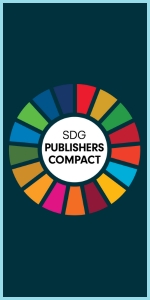CP25064Breeding commercially adoptable cotton resistant to reniform nematode
The reniform nematode has become a major constraint in central Queensland cotton regions that underscores the need for developing and deploying resistant cotton. This study reports the achievement of developing highly performing cotton with resistance by using an innovative breeding approach. The adoption of such cotton should enhance ongoing cotton farm productivity by minimising the nematode’s impact and spread.
CP25064 Abstract | CP25064 Full Text | CP25064PDF (1.4 MB) | CP25064Supplementary Material (379 KB) Open Access Article





